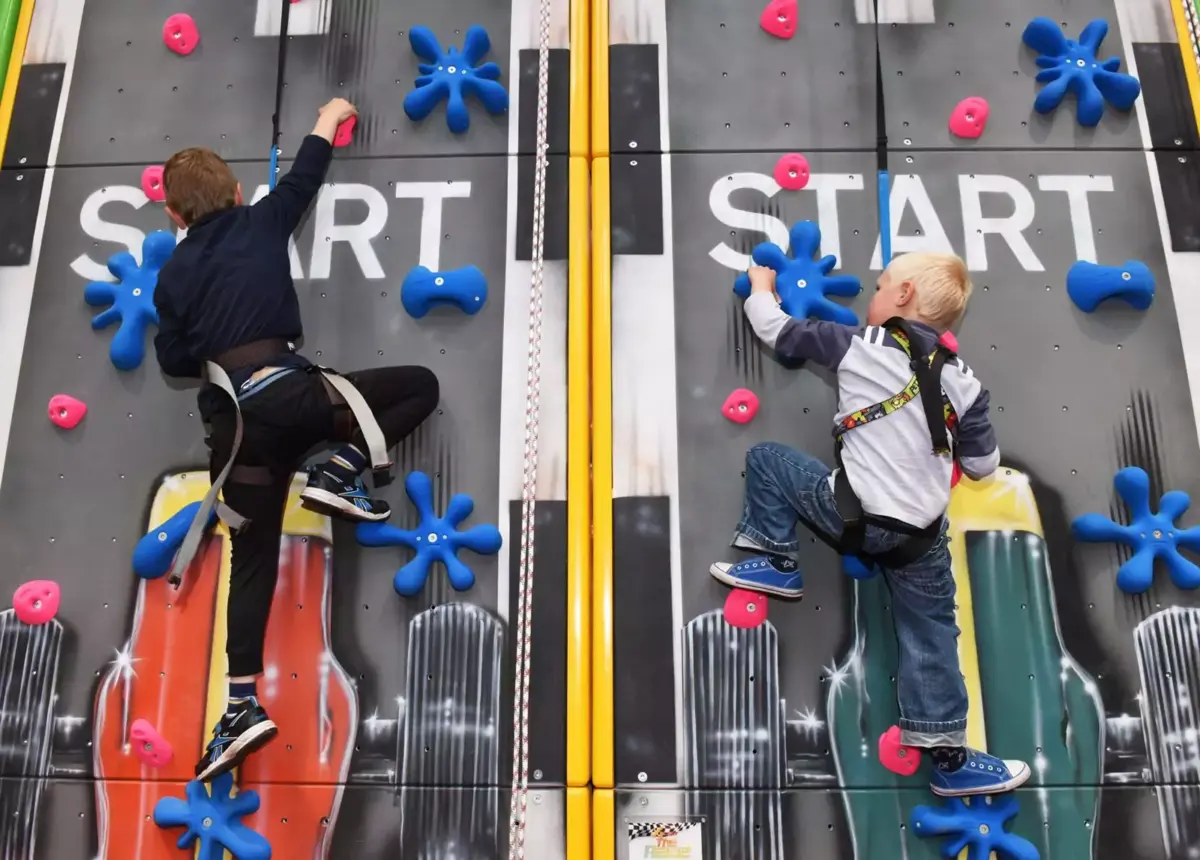If there is something that characterises current society, it is the speed at which it changes. Consumers are increasingly better informed and more demanding in regards to how they spend their time dedicated to leisure, sport and health.
The sport centre sector, which has been static and unchanged for a long time, is becoming aware of the need to adapt to reality of the marketplace and society, and it’s starting to evolve and adjust what it has to offer.
Leaving aside the specific rules and playing regulations of each discipline, sport is based on activity, play and freedom; these concepts provide the foundations of the evolution of sport as we currently know it and mark the line for its future development.

This change is easy to implement in outdoor environments, where we also have the help of natural resources in the practice of any activity. However, in indoor spaces, the difficulty increases; users are used to practicing sport in fields for a specific sport, pools, gyms, etc., so the activity and freedom are limited.
To create a new generation of sports centres, it’s necessary to provide users with different spaces and facilities that allow them to freely practice activities and that these activities favour the development of different skills, combining sport, with leisure and entertainment.

An example of this evolution is the Summit Indoor Adventure, in the town of Selby, located in the north of the United Kingdom. In this case, the town council chose the development of a sports centre that doesn’t include pools, nor games halls, opting instead for BMX tracks, a climbing area, an adventure park and even a ski simulator.
This innovative proposal is intended to transmit sport in a distinct way, with more exciting activities that attract people wanting to do physical exercise and improve their health.






